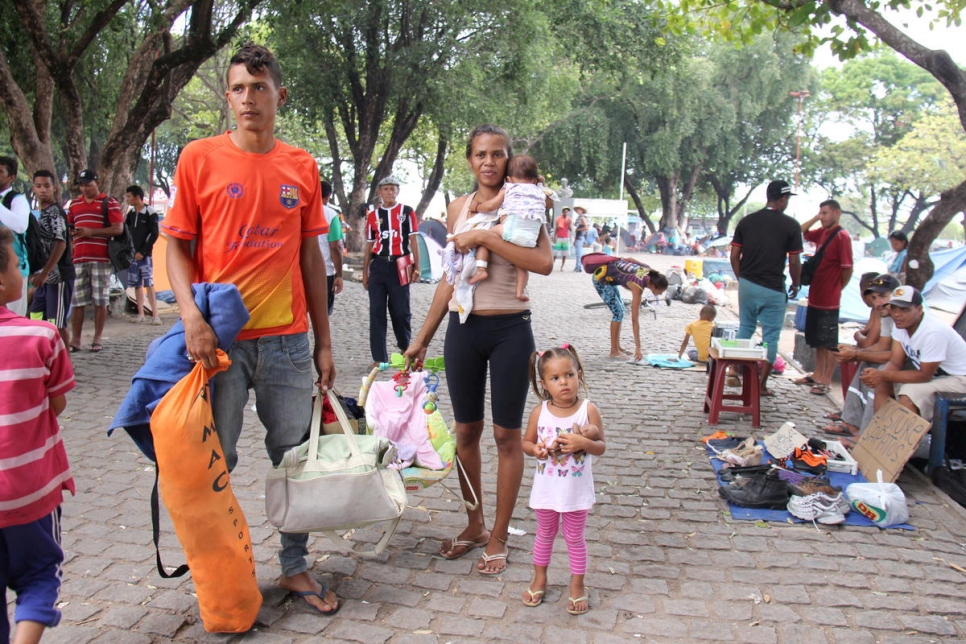By: Emily Green
Impunity Watch Reporter, South America
SANTIAGO, Chile – On Thursday, thousands of students and teachers held a massive demonstration in Chile. They gathered to denounce profit-making in higher education under President Sebastian Pinera’s administration.
Organizers estimated around 120,000 participants in the demonstration along central Alameda Avenue in Santiago. Similar protests took place in other main cities of Chile such as Coquimbo, Valparaiso, and Temuco. The march was called by the National Confederation of Students of Chile (Confech) and was the first major protest under the month-old administration of conservative President Pinera. They demanded an end of profit-making, student debts, and sexism in higher education.
This protest follows a recent decision by the country’s constitutional court to overturn a law that prohibited for-profit companies from controlling universities. While profit-making from higher education is illegal, critics have long claimed that some companies that operate universities have found ways to exploit loopholes in the law. These companies find ways to turn a profit without re-investing the money in reduced tuition or improved education.
Young people consider higher education a business that is putting them and their families in debt. One spokeswoman for the students, Sandra Beltrami, said “the demands of the student movement are still valid and remain the same. We want to be in the classrooms, we want to have classes, we want to study a career in order to be someone in life and have a profession like many people in this country, and we cannot do it because there is still profit in Chile.”
Students and teachers marched through downtown Santiago and made their point by banging drums, toting banners, and sometimes throwing rocks and blocking traffic. There were small confrontations with police who occasionally used tear gas to disperse protesters.
President Pinera is a conservative billionaire who served a term as president from 2010 and 2014. His first term was marred by massive student protests seeking an education overhaul. Earlier in the week, President Pinera sent a bill to Chile’s Congress to increase public financing for technical colleges. In a move that many thought was intended to defuse tension with students, he promised that access to free education was “here to stay.”
Higher education was free in the country until 1981 when Augusto Pinochet’s military dictatorship pave the way for the development of private universities with no constraints on tuition fees. Now, the Organization for Economic Cooperation and Development reports that Chile has the fourth-most-expensive university system in the world.
For more information, please see:
Sputnik – Chilean Students March Against Unfair Education – 20 April 2018
FMT News – Chile’s students launch first protest under Pinera administration – 20 April 2018
The Santiago Times – Pinera administration faces first student march in Chile – 19 April 2018
Telesur – Over 120,000 Chilean Students March Against Profits and Sexism – 19 April 2018



